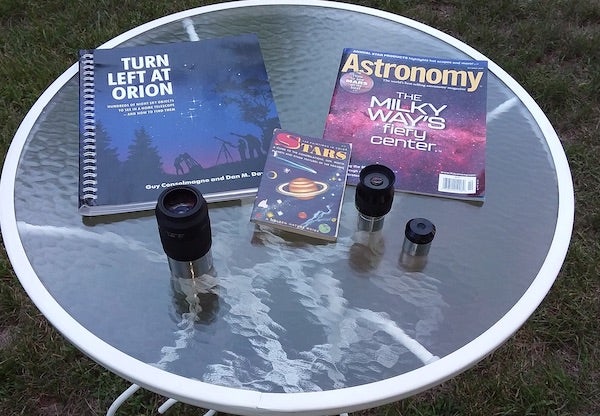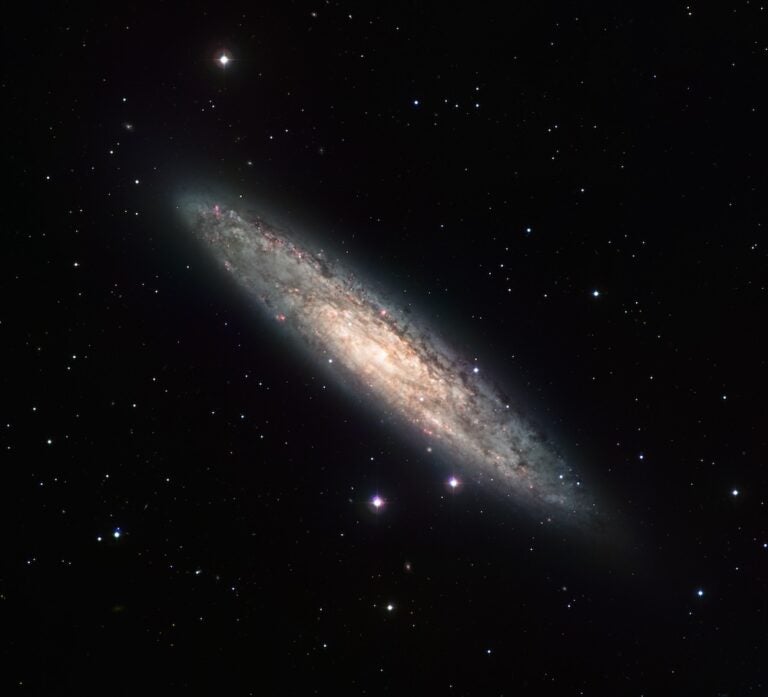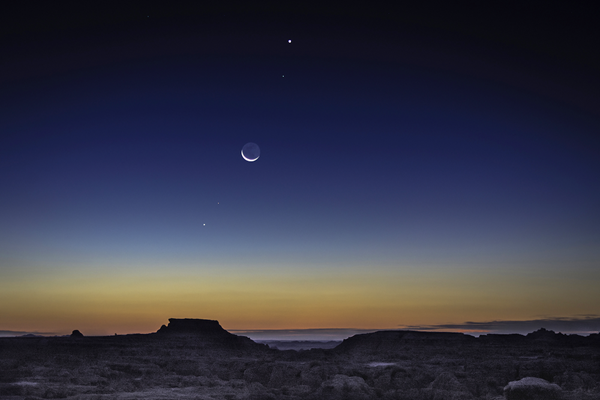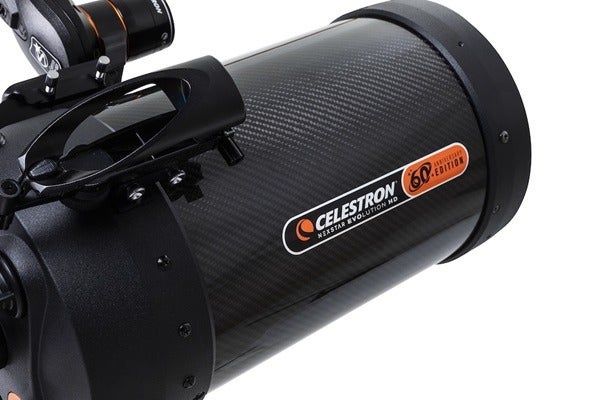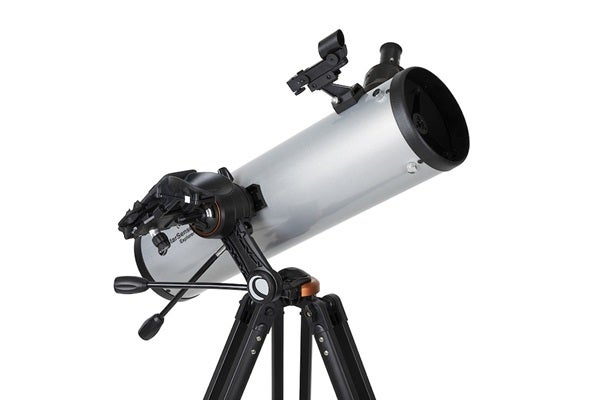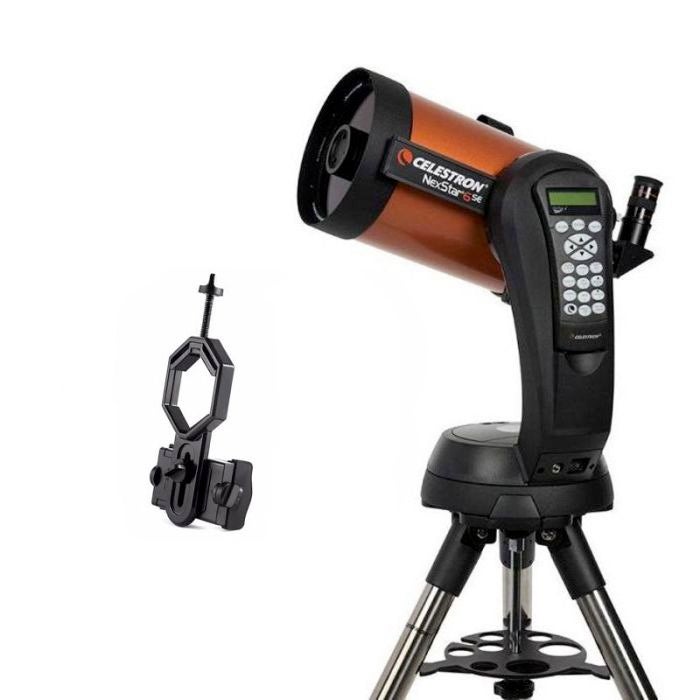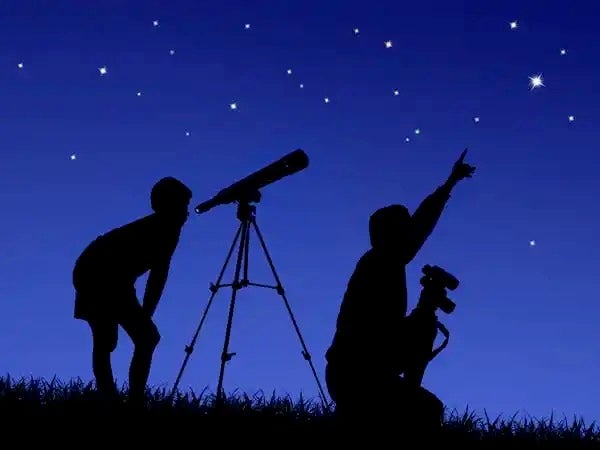If you look at the picture of my bookshelf in the March article, you’ll spot a third-edition copy of A Peterson Field Guide to Stars and Planets (Houghton Mifflin Company, 1992), by Jay Pasachoff and Donald Menzel. I since acquired the more up-to-date fourth edition (1999), and, after perusing the pages, I have to admit that leaving it off my original lists was a mea culpa.
Stars and Planets is a 500-plus-page field guide designed for novice and seasoned backyard astronomers alike. The contents include a basic overview of the structure of the universe and how-tos for observing solar system and deep-space objects. At its heart are two sets of star maps created by the renowned celestial cartographer Wil Tirion. The first set is comprised of monthly sky charts designed to help the beginner identify major stars and constellations in both the Northern and Southern hemispheres. The second set is an all-sky star atlas comprised of 52 color charts. Facing each chart are images and descriptive notes for celestial objects in that region of the sky.
After extolling the virtues of Stars and Planets, I’m going to offer this seemingly contradictory piece of advice: If you don’t already have a copy, don’t buy one!
At least, not yet. At midnight on December 31, 2020, much of the time-sensitive material, including dates of lunar phases and planetary events, contained in the current edition will be out of date. Pasachoff informed me that an extensively updated printing is in progress, with tables and graphics extending through the 2020s. The updated print is expected in the spring of 2021. For those interested, Pasachoff says, “I will be posting at the book’s website, solarcorona.com, or directly to sites.williams.edu/solar-corona/fieldguide/ when the new printing is available. I could arrange to have autographed copies sent out for those who desire it; email eclipse@williams.edu to get on that notification list.”
Several readers also offered their own recommendations for other astronomy guides that I didn’t mention. Daniel Hamilton of Dalton, Massachusetts, added two resources which, while not guidebooks per se, are valuable aids. The first is the downloadable desktop planetarium TUBA, produced by Astronomy contributor Phil Harrington to accompany his book Touring the Universe With Binoculars (Wiley, 1990). Get your free copy of TUBA at www.philharrington.net/tuba.htm. As for Hamilton’s second recommendation, you’re looking at it. While a traditional guidebooks become dated over time, Astronomy magazine is updated with each new monthly issue.
George Reynolds, a member of Back Bay Amateur Astronomers and resident of Virginia Beach, Virginia, said, “One other beginner’s guide I like to recommend to newbie skygazers is Turn Left at Orion by Guy Consolmagno and Dan M. Davis [Cambridge University Press, 2011]. Its sketches include naked-eye, finderscope, and eyepiece views.” Unlike most photos of the night sky, these sketches nearly match what you would see through your eyepiece.
A note from Charles Lytle of West Linn, Oregon, brought back fond personal memories of the first astronomy guide I ever used. “My favorite beginner’s guide is the Golden Nature Guide Stars by Zim & Baker [The Golden Press, 1956],” he says. “I first used it in the spring of 1956 while in fourth grade. I’ve looked at and used many, many star atlases, but Stars ‘connects the dots’ exactly as my eyes pick out the patterns in the sky.”
I’ll set aside a future column for a look at star atlases. But rest assured, despite all efforts, I’ll manage to leave out one of your favorites.
Questions, comments, or suggestions? Email me at gchaple@hotmail.com. I’m off next month, but I’ll be back in February with a look at Orion through the eye of a 60mm refractor. Clear skies!

